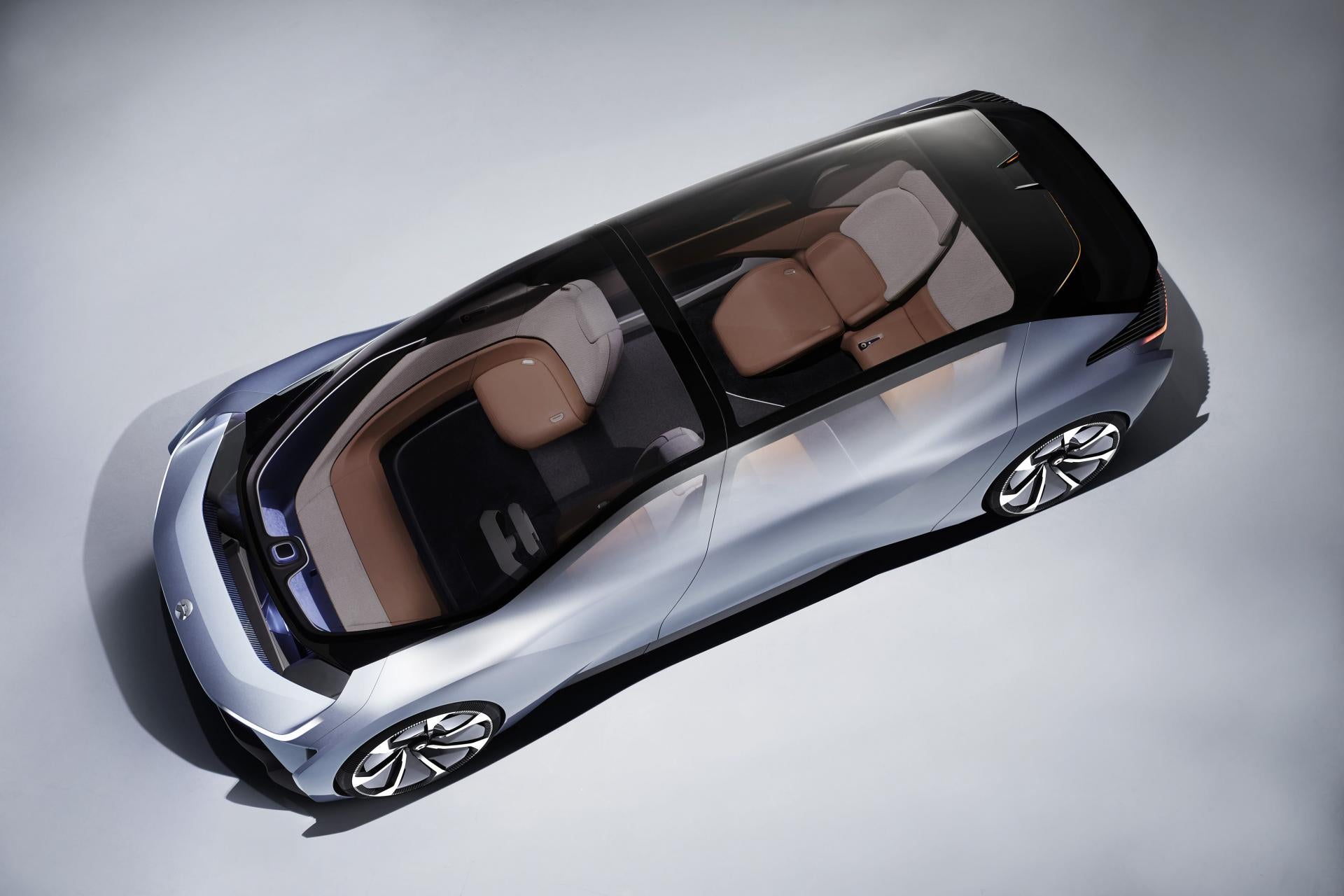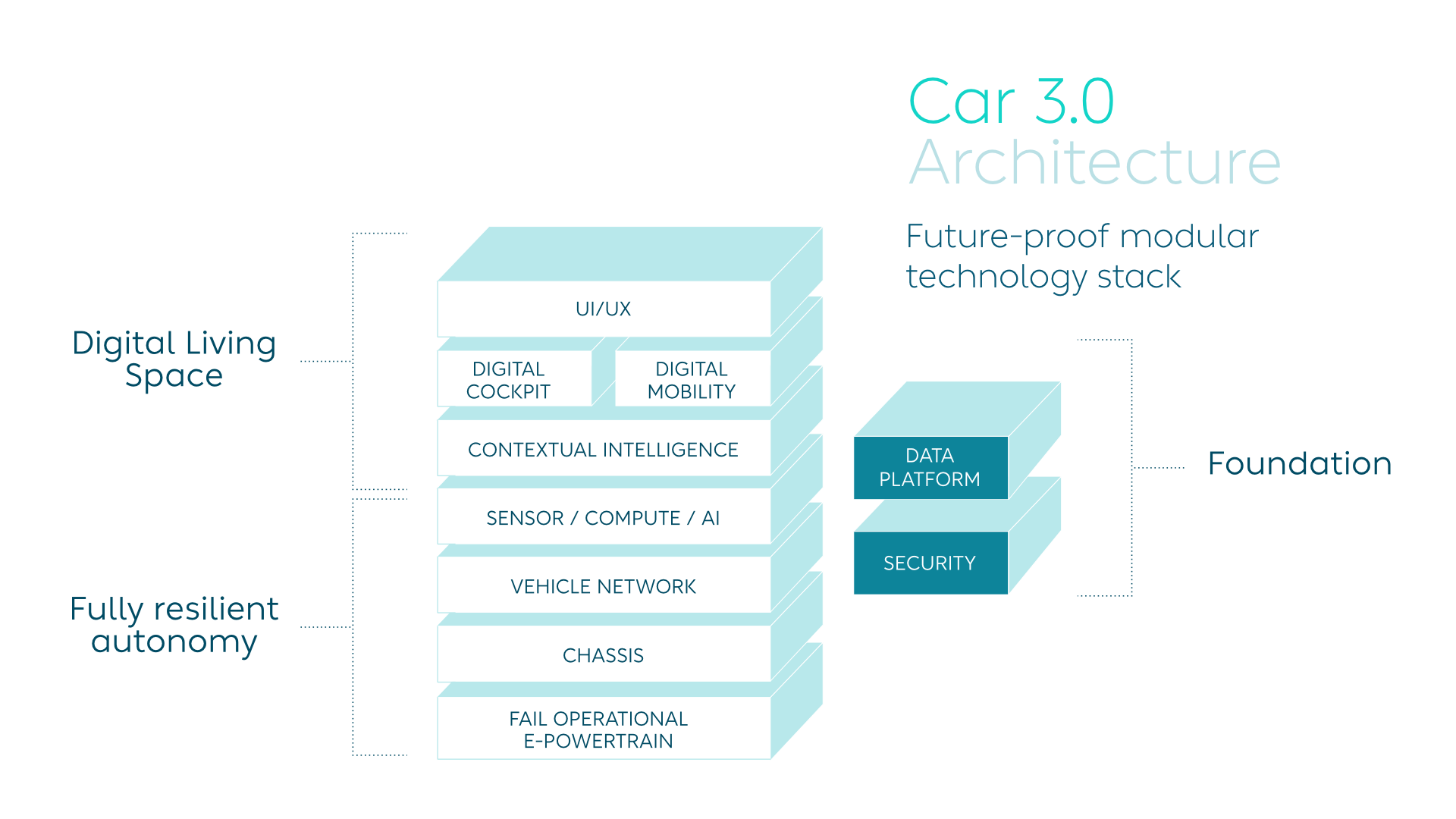Evolving To Car 3.0
07/18/2017 by NIO

By: Padmasree Warrior
CEO, NIO, U.S.
Over the past two decades, technology has profoundly impacted our lives, no matter where we live or what we do. Its influence is seen from the streets of San Francisco to rural India, and the pace continues to accelerate.
Nowhere is this more evident than the radical transformation of the car.
Like the Internet and mobile technology before it, the opportunities and challenges of revolutionizing personal transportation are vast and unexplored. Both technologies have been catalysts of change with unprecedented impact across multiple industries. Cars are just beginning to tap into this potential.
The evolution of mobile, from voice calls to wireless Internet to virtual assistants powered by artificial intelligence, was rapid compared to the developments in automotive during the same period. And for good reason. Cars are not phones. But many of the technologies that have revolutionized mobile are on track to make vehicles the smartest device you own.
Only companies that innovate and deliver a full stack will succeed in evolving the digital car in the coming era.
In the first phase of the auto industry, from early 1900s through the 1970s, innovation centered on mechanical and hydraulic systems. This was the era of Car 1.0. In the second phase, from the late 70s through the 2000s, we saw the progression of automotive electronic systems. It began with new fuel delivery, powertrain systems, and a handful of ECUs to where we are today: hundreds of sensors and processors controlling every facet of the vehicle. This is the era of Car 2.0.
Car 3.0 is where innovation is dictated by the dominance of digital systems, making the vehicle fully autonomous, flexible, and personalized. It will be realized through software defined hardware, combining self-driving technology with electrification.
As the computing power in the car increases, it gets smarter, learns faster, and understands and anticipates your needs better. People crave a personalized experience, just as they have in every other aspect of their life. With Car 3.0, your vehicle knows you and will be able to ease the stress of your daily journey. Road trips won’t be a passive, time-wasting endeavor. Instead, the same types of entertainment, commerce, and productivity opportunities you have at work or at home will be possible in your car.
In order to deliver on our vision of Car 3.0, NIO is developing a full-stack solution.

In technology terms, “full-stack” development refers to working with all the technologies required to go from an idea to a finished product. We’re extending that concept to the car, making it an autonomous, intelligent computer on wheels. This begins with a chassis built around autonomy and electrification, an ethernet-based in-vehicle network, fail-operation powertrain, and end-to-end security at every layer. Artificial intelligence enables autonomous driving, while a contextual intelligence platform powers a range of mobility services, the digital cockpit, and a human-centric interface and experience.
Only companies that innovate and deliver a full stack will succeed in evolving the digital car in the coming era. Focusing on just one of the layers of the stack is incomplete, at best, and could lead to multiple, expensive iterations between design, hardware engineering, and software development.
As an industry, we have to think of the Car 3.0 as not just hardware or software, but a digital full-stack solution that will usher in the next era of transportation. NIO is at the forefront of this development, building the technology that will empower our autonomous future.












